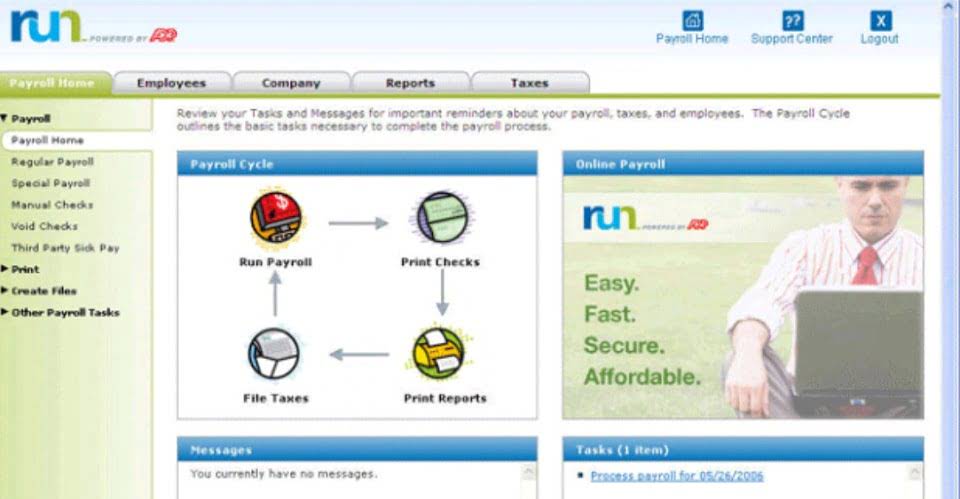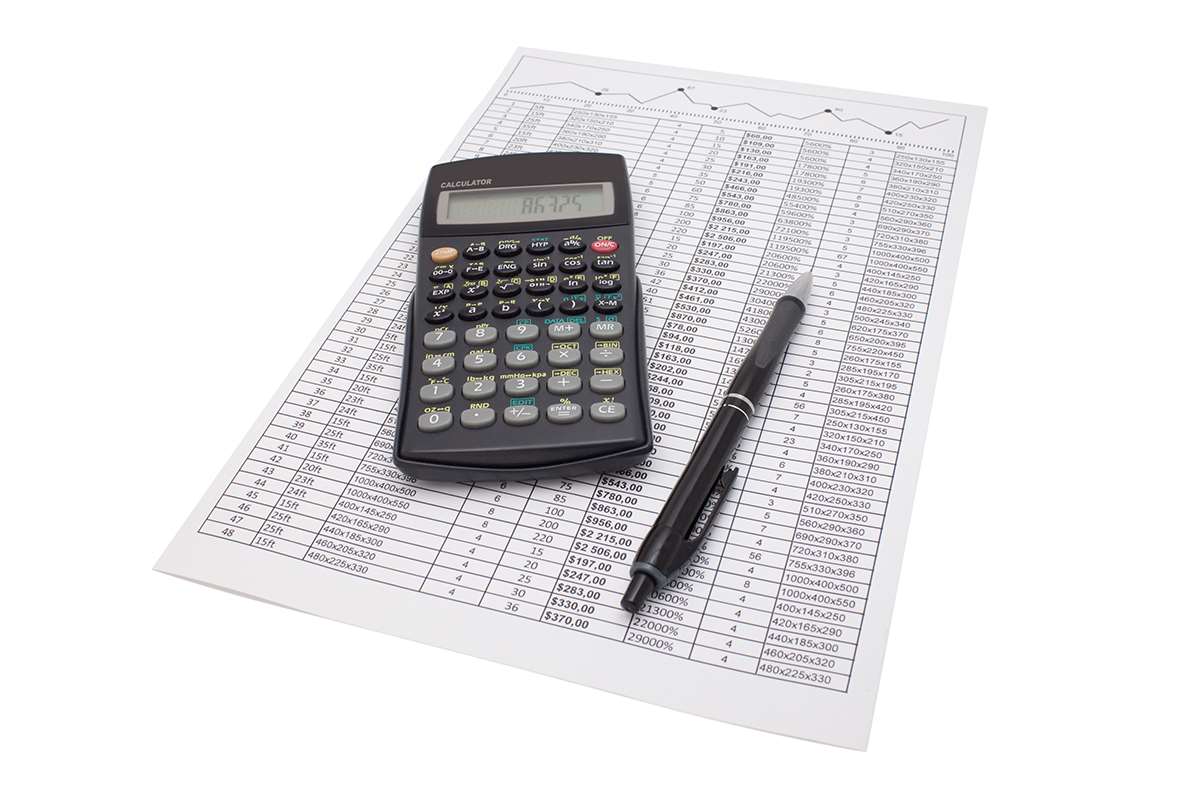Understanding and addressing these errors is essential for maintaining reliable financial records. Adjusting entries help recognize revenues and expenses in the correct period, enabling companies to present a more accurate and realistic picture of their financial performance. These steps might seem intimidating at first, but remember, most businesses use accounting software that handles the entire accounting process for every transaction within moments.
Top 5 Career After Diploma in Business Management
Learn how BILL’s expense management software can help you automate accounts receivables, accounts payables, and payment receipts by signing up today or requesting a demo. Closing the books also locks in the prior period transactions so people can’t change those balances without proper authorization. After you’ve transferred your income and expenses into the Income Summary account, you’ll close that account, moving the balance to Retained Earnings, which is a permanent account.
The accounting cycle is important because it gives companies a set of well-planned steps to organize the bookkeeping process to avoid falling into the pitfalls of poor accounting practices. Alternatively, the budget cycle what are the branches of accounting how they work relates to future operating performance and planning for future transactions. The accounting cycle assists in producing information for external users, while the budget cycle is mainly used for internal management purposes.
Easily record payments, send out reminders, and keep track of your monthly sales to make your next accounting cycle a breeze. This means comparing your records to your bank statements and other documents to make sure everything matches up. Aim to reconcile your accounts at least once a month to catch mistakes early. The accounting cycle may vary between small businesses and large corporations due to differences in scale, complexity, and reporting requirements. Although the accounting cycle is like the heartbeat of monitoring your business’s financial health, there are drawbacks worth noting.
Accuracy is critical because you’ll use the financial information generated by the accounting cycle to analyze transactions and financial performance. It’s even more important for companies that need to report financial information to the SEC (Securities and Exchange Commission). The general ledger (GL) is a master record of all transactions categorized into specific categories such as cost of goods sold (COGS), accounts payable, accounts receivable, cash, and more. Financial accounting software can execute many of the steps in the accounting cycle automatically. However, understanding how the process works is critical so you can intervene when needed.
- Here, you may check out how AI & Automation are changing accounting profession at differents levels.
- The software auto-generates financial statements so you can directly close your books at the end of the reporting period.
- If there are any differences, you’ll need to investigate and make adjustments in the next step.
- At NorthStar Bookkeeping, we specialize in helping businesses navigate the complexities of the accounting cycle.
- Various financial statements such as the income statement, balance sheet, and cash flow statement are generated using the adjusted trial balance.
Step #6: Prepare an adjusted trial balance
This is your master accounting document, with a separate page for each account. This was a time-consuming process, and it was easy to make mistakes. With modern technology, accounting software automates the procedure for most businesses.
Posting to the general ledger
The structure of the Profit and loss account is different from the Balance sheet statement which predicts a line-wise reporting style. The main content and items of the Profit and loss account include the revenues, cost of goods sold, gross profit, all expenses, and the year-end income. If the amount is negative, it means that the company had incurred a loss and if the amount is positive, it means that the company had earned a significant profit within the specific time period. At the start of the next accounting period, occasionally reversing journal entries are made to cancel out the accrual entries made in the previous period. After the reversing entries are posted, the accounting cycle starts all over again with the occurrence of a new business transaction. The accounting cycle is an eight-step process that accountants and business owners use to manage the company’s books throughout a specific accounting period, such as the fiscal year.
Importance of the accounting cycle in financial reporting
After financial statements are published and released to the public, the company can close its books for the period. Closing entries are made and posted to the post closing trial balance. The accounting cycle is adaptable to different accounting methods, such as accrual or cash accounting, and can be partially automated through software. The post-closing trial balance is prepared after closing entries have been made. It only includes permanent accounts, as temporary accounts have been closed. In contrast, the adjusted trial balance includes all accounts, including temporary accounts, after adjusting entries have been applied.
Setting up an effective process and understanding the accounting cycle can help you produce financial information that you can analyze quickly, helping your business run more smoothly. Bookkeepers or accountants are often responsible for recording these transactions during the accounting cycle. The first step in construction projects the accounting cycle is to identify your business’s transactions, such as vendor payments, sales, and purchases. It’s helpful to also note some other details to make it easier to categorize transactions. The accounting cycle focuses on historical events and ensures that incurred financial transactions are reported correctly. Once an accounting period ends, a new one begins, and the process starts over again.
- It starts when a transaction is made and ends when a financial statement is issued and the books are closed.
- Technology is revolutionizing the way accounting is done, enhancing efficiency and allowing accountants to provide more valuable insights and advisory services.
- After a transaction is identified, a record of it needs to be created.
- If you buy some new business cards, for example, your marketing expense account is debited, and your bank account is credited.
- Usually, accountants are employed to manage and conduct the accounting tasks required by the accounting cycle.
- Companies use internal controls to ensure all transactions are identified and recorded accurately.
- Businesses need to conduct the eight-step accounting cycle for each accounting period.
Step #4: Prepare an unadjusted trial balance
The accounting cycle includes eight steps required to record transactions during an accounting period. In this guide, I explain the steps in the accounting cycle in detail, with examples. This new trial balance is called an adjusted trial balance, and one of its purposes is to prove that all of your ledger’s credits and debits balance after all adjustments.
CPA firms can review or audit the financial statements and drill down to the underlying financial transactions and accounting records to test account balances. The accounting cycle also plays a vital role in maintaining internal controls, which are procedures designed to safeguard assets, ensure accurate reporting, and prevent fraud. Steps like reconciliation, trial balances, and adjusting entries are integral to these controls. For example, with integrated systems, a sale recorded at the point of sale automatically updates the relevant accounts, adjusts inventory levels, and generates journal entries. This real-time processing enhances efficiency and accuracy, allowing accountants to focus on analysis rather than manual data entry. These three financial statements are fundamental to accounting and proper business bookkeeping.
Throughout this section, we’ll be looking at the business events and transactions that happen to Paul’s Guitar Shop, Inc. over the course of its first year in business. Some textbooks list more steps than this, but I like to simplify them and combine as many steps as possible. You might find early on that your system needs to be tweaked to accommodate your accounting habits.
Bookkeeping focuses on recording and organizing financial data, including tasks, such as invoicing, billing, payroll and reconciling transactions. Accounting is the interpretation and presentation of that financial data, including aspects such as tax returns, auditing and analyzing performance. You can then show these financial statements to your lenders, creditors and investors to give them an overview of your company’s financial situation at the end of the reasonable salaries and s corps fiscal year. A trial balance is an accounting document that shows the closing balances of all general ledger accounts.
When recording transactions, remember to keep them in chronological order and, if using double-entry accounting, which most businesses do, make two entries each time. A credit in one account offsets a debit in another, so all credits must equal the sum of all debits. Understanding Accounting Principles and Standards helps you manage your company finances effectively wherever you are.
Step 2: Post transactions to the ledger
This includes following generally accepted accounting principles (GAAP) or international financial reporting standards (IFRS) depending on the jurisdiction and the nature of the business. Compliance ensures that financial statements are prepared consistently and provide reliable information for decision-making by investors, creditors, and other stakeholders. Accounting software has revolutionized the accounting cycle, automating many steps and reducing the risk of human error. Platforms like QuickBooks, Xero, and SAP streamline processes such as posting journal entries, reconciling accounts, and generating financial statements. The accounting cycle serves as the backbone of financial reporting, ensuring that all transactions are recorded and summarized in a standardized format.
Identify Transactions
Before you create your financial statements, you need to make adjustments to account for any corrections for accruals or deferrals. Transactional accounting is the process of recording the money coming in and going out of a business—its transactions. The trial balance is usually created at the end of the accounting period, whether monthly, quarterly, or annually. There’s a steady demand for accountants across the globe, driven by more stringent regulations and the increasing complexity of financial transactions. The Bureau of Labor Statistics (BLS) anticipates a 6% growth in employment for accountants and auditors from 2021 to 2031, matching the average growth rate for all occupations. The choice of accounting method and system depends on various factors such as the size of the business, industry, complexity of operations, and specific financial reporting requirements.





